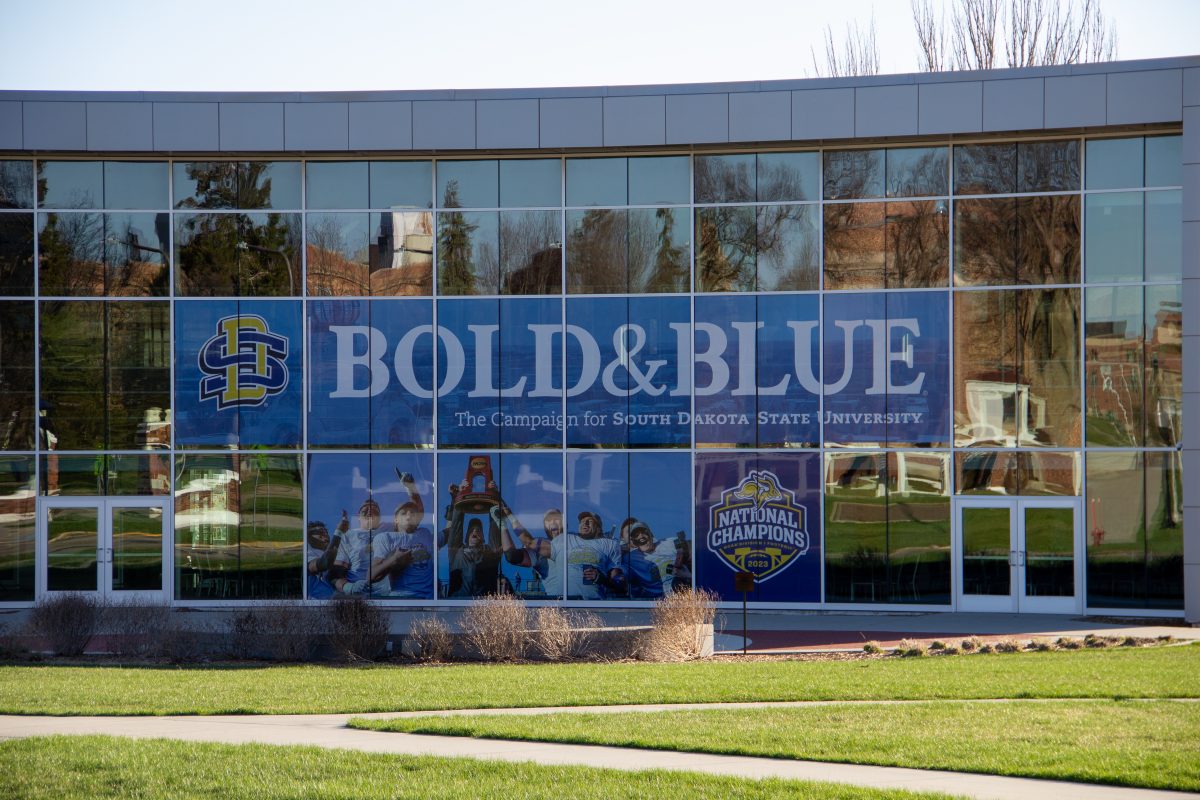The worst drought South Dakota has experienced since 2012 continues to impact farmers and ranchers across the state.
About 72 percent is currently in a state of drought, according to a recent report from the U.S. Drought Monitor. In the past weeks, extreme drought (D3) expanded across counties in western South Dakota. The categories can range from D0, abnormally dry, to D4, exceptional drought.
Roughly a quarter of South Dakota corn being produced is rated in poor or very poor condition and 17 percent of the state’s soybeans is also in poor or very poor condition.
South Dakota farmers face even lower prices for their crops due to consistent yields of corn and soybeans in Minnesota and Iowa.
Donald Marshall, interim dean of the College of Agriculture and Biological Sciences, said he believes courses offered by the college will prepare students for the challenges harsh drought conditions bring.
“It’s [drought studies is] covered in a number of different classes where it’s relevant for students,” Marshall said. “It’s not only important to respond to those conditions, but to have long term risk-mitigation plans. Financial knowledge on the economic side of the industry is also important for reacting to a drought.”
Marshall said rotational grazing, no-till farming and green storage are important drought lessons taught in these classes.
Rotational grazing and no-till farming help to preserve pastures and soil moisture, while green storage helps ranchers conserve feed for livestock in drought years.
Recent drought conditions have also impacted SDSU research facilities around the state, according to Dwayne Beck, manager of the Dakota Lakes Field Agricultural Experiment Station.
“In some sense, the drought made it harder for us to do some of our research. If we look at the plant breeders, some of their corn experiments failed because of the conditions,” Beck said. “But, the drought’s also helping us develop techniques and crop varieties that are resistant to the drought’s effects. We learn from everything that happens.”
Located 20 miles east of Pierre, the research station runs a variety of experiments to improve state agriculture and livestock.
During some summer days, sales of cattle tripled in Aberdeen, South Dakota, according to Steve Hellwig, co-owner of Hub City Livestock Auction. Cattle ranchers were eager to sell cattle to better feed smaller herds with fewer pastures and alfalfa available.
Boaz Swift, a senior animal science major, worked as a farm hand at Jorgensen Cattle and Land over the summer. Swift said the alfalfa that was gathered for cattle was about half of what the operation typically brings in. If his employers are not able to replenish their alfalfa stock next year, Swift said they could face a financial loss in having to purchase more.
“Droughts are kind of something that you always have to deal with in the area, but this year’s has definitely been harder,” Swift said. “I’m not too worried about it now, because we have insurance, but I know it’s probably something that I’ll have to deal with in the future too.”
The National Weather Service predicts that the drought will likely persist throughout western South Dakota into November.
The full financial impact of the drought will become more clear in the coming months, when crops are harvested in October and reports from the National Agricultural Statistics Service are submitted to the Drought Monitor.


























